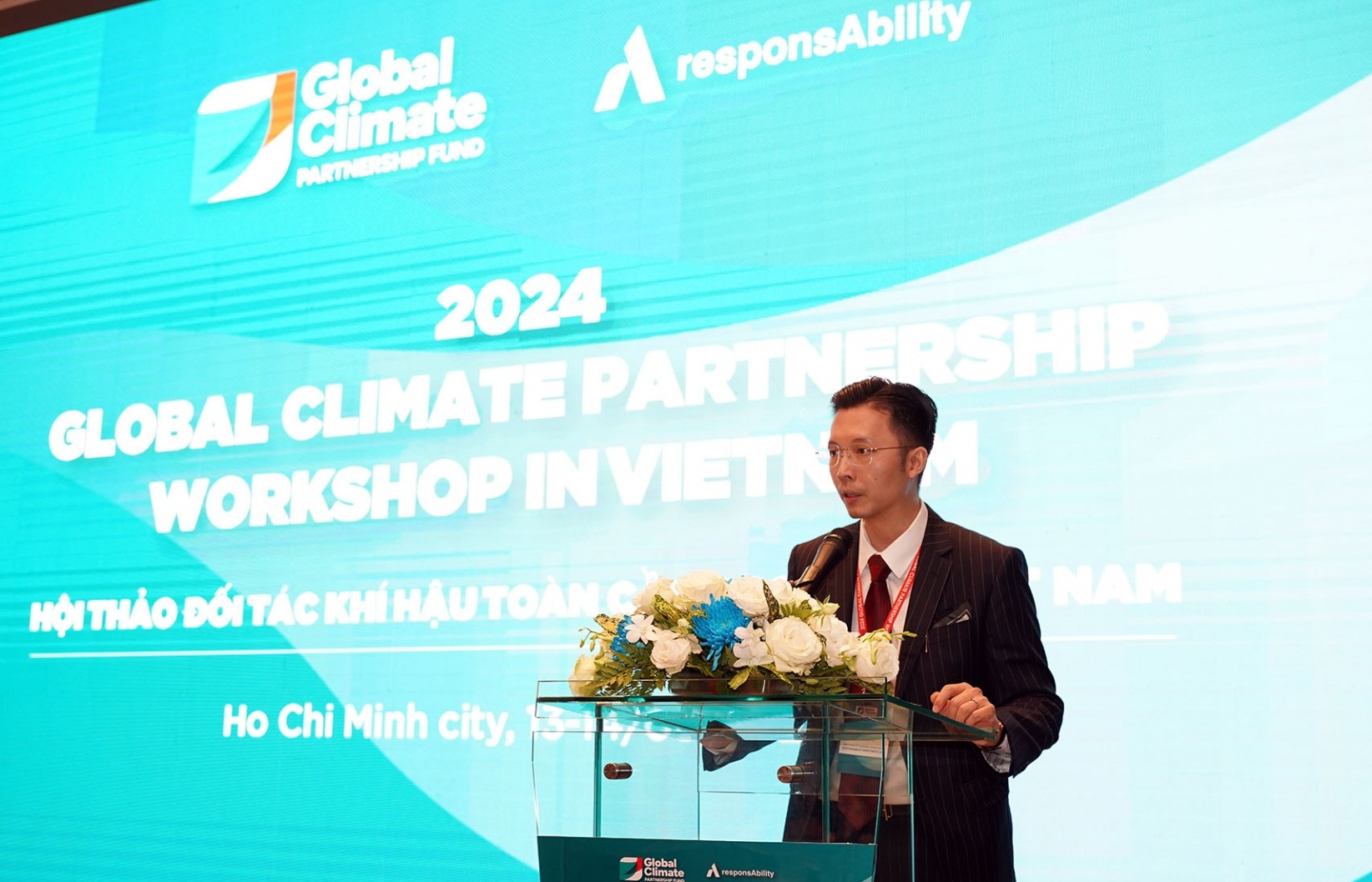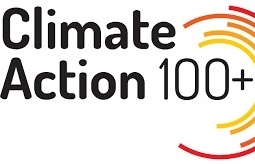Private sector key to achieving SDG 9
 |
| Axel Neubert, country director of the Hanns Seidel Foundation’s Vietnam Office |
During the United Nations Sustainable Development Summit in September 2015, the world leaders agreed on the adoption of Agenda 2030 for Sustainable Development. At the heart of the Agenda are 17 goals, which are built on the Millennium Development Goals but are “more comprehensive and complex and a springboard for continued progress.”
The 17 Sustainable Development Goals (SDGs), which are the actionable part of Agenda 2030, are designed to balance economic, social, and environmental dimensions of development. At the same time, the SDGs should be implemented in an integrated way to ensure no one is left behind. The principle of ‘leaving no-one behind’ refers not only to the importance of equitable access to developmental outcomes, it also means that implementing the SDGs requires a ‘whole-of-society’ approach with contributions from all sectors of society to the vision of sustainable development. To that end, the engagement of all stakeholders is needed, especially the private sector with its significant resources and innovation potential which play an important role in bringing the SDGs into action.
While other goals are also important, SDG 9 focuses on industry, innovation, and infrastructure, which are the key drivers of economic growth. Achievements in SDG 9 can accelerate progress towards Goal 1 (poverty), Goal 2 (hunger), Goal 6 (water and sanitation), and Goal 7 (energy), and many others. Actions on Goal 9 are also strongly linked with Goal 11 (cities and communities) and Goal 12 (sustainable consumption and production). Goal 13 (climate change) can also benefit from actions on Goal 9. These linkages between the different SDGs means that progress in one goal area will benefit other areas as well. At the same time, if the wrong policy choices are pursued, actions to promote industry, innovation, and infrastructure can also jeopardise progress in other goal areas. Therefore, an integrated approach to planning and implementation across the SDGs is crucial for countries to achieve overall progress in the direction of sustainability.
Innovation is docking station for all SDGs
SDG 9 is important for multi-stakeholder partnerships, and action on industry, innovation, and infrastructure clearly presents the private sector with potential business opportunities. Businesses can, for example, contribute through investments in infrastructure and research and development (R&D) programmes, especially if these are supported by enabling policies from governments that promote socially just and environmentally sustainable investments rather than the opposite. While actions on SDG 9 will impact several sectors in society, it is clear that progress in this goal area will necessarily involve the private sector as the main contributor.
The private sector can contribute to progress on SDG 9 through investments into local infrastructure systems, into climate-resilient energy and communications technologies, and other programmes.
Multinational enterprises can promote inclusive infrastructure development by bringing valuable financial services and employment opportunities to smaller businesses at local levels. Foreign companies can facilitate technology transfers to local businesses or support the technology diffusion through integrating local businesses into their supply chains. By committing to sustainable industries and responsible business, the private sector can make a significant impact on promoting innovation, developing the infrastructure, and improving ecological environment in their operating region.
Vietnam, Agenda 2030, and SDG 9
To realise its commitment to the Sustainable Development Agenda 2030, the Vietnamese government has promulgated a National Action Plan on the implementation of a set of 17 nationalised VSDGs, which are adapted from the global goals. The National Action Plan contains 115 targets and outlines the key tasks, implementation measures, and arrangements to achieve the overall goal of “sustaining economic growth alongside with ensuring social progress and justice, environmental and ecological protection.”
According to Vietnam’s Voluntary National Review, which was presented at the High-Level Political Forum in July 2018, the industry’s share of the GDP has remained at 26-28 per cent since 2010, and the share of the workforce in manufacturing and processing was 15.3 per cent in 2015. Industrialisation in Vietnam has been very natural-resource-intensive and environmentally unfriendly, with the country currently ranking 132th out of 180 on Yale University’s Environmental Performance Index. Despite the high impact on the environment, overall labour productivity is considered to be low in comparison with the neighbouring economies.
Vietnam’s labour productivity is currently half of the ASEAN average, one third of that of Thailand, and comparable to that of Laos [World Bank, World Development Indicator 2016]. There is much to do to improve the competitiveness of Vietnamese industrial products. Recognising these problems, the government has promulgated the National Green Growth Strategy and Action Plan with the aim to restructure the economy towards greener and climate-resilient development. This is already ongoing, and the majority of renewable energy projects are currently financed by the private sector. It is thus clear that private financing will be vital to bolster the public financing of the green transition and to further accelerate the progress towards the targets in SDG 9.
Looking at the country’s progress in infrastructure, Vietnam ranks 79th out of 140 countries in the infrastructure pillar of the World Economic Forum’s Global Competitiveness Report 2017-2018, leaping moderately from 95th position in 2012. It is all thanks to the government’s efforts to sustain infrastructure investment at an average of 8 per cent of the GDP annually between 2008 and 2015, according to the General Statistics Office of Vietnam (GSO).
However, official development assistance (ODA) has been decreasing constantly since the country graduated from the low-income country status and became a lower middle-income country in 2010. The World Bank estimates that Vietnam would need $25 billion annually to meet the infrastructure demand during 2016-2020, twice the nominal investment amount in the period of 2011-2015, while the government can only allocate about 25 per cent of the required capital, according to Eurocham Whitebook 2018.
The private sector can close this financing gap, especially when the government has issued several supporting policies to boost private financing in infrastructure. With tax exemption in the first four years and tax discounts of up to 50 per cent in the following nine years, infrastructure can be a lucrative investment sector for enterprises.
In August 2018, the prime minister established a technical committee on public-private partnerships (PPP) under the National Council on Sustainable Development and Competitiveness, again highlighting the importance and necessity of private financing in Vietnam’s planned infrastructure projects. In addition to tax preference conditions and improved institutional effectiveness, increased transparency in public financing is a prerequisite to attract private investment to support infrastructure development in the country.
According to the Global Innovation Index (GII) Report 2018, Vietnam has advanced by two points to place 45th out of 126 reviewed economies. Equally, the gross expenditure on research and development by businesses jumped from 36th to 13th. Despite such positive developments, the country has some of the lowest scores in collaboration between university and industry. The fact that the regular budget for science and technology often amounts to less than 1 per cent of the total state budget, according to the Vietnam Voluntary National Review 2017, suggests that businesses are becoming key players in R&D. To ensure that R&D is moving in a coherent direction to support the goals of the government, more extensive collaboration between educational institutions and enterprises should further catalyse the investment efficiency in R&D and boost innovation in the country.
It is obvious that the engagement of businesses is key to accelerate progress on SDG 9: industry, innovation and infrastructure. As the operation of businesses is driven by profit, the government needs to have appropriate incentives and supportive policies to attract private financing. Nevertheless, institutional reform and the increased transparency of public financing are vital in building trust and promoting PPP.
What the stars mean:
★ Poor ★ ★ Promising ★★★ Good ★★★★ Very good ★★★★★ Exceptional
Related Contents
Latest News
More News
- Strong security culture is key for GenAI era (October 16, 2024 | 18:04)
- MSD powers ahead with its sustainable development (September 28, 2024 | 08:00)
- GSK: from treatment to prevention for healthy ageing (September 24, 2024 | 18:44)
- Andrew Khan appointed as new managing director of Carlsberg Vietnam (September 12, 2024 | 10:39)
- Searefico appoints new CEO (September 10, 2024 | 18:15)
- CEOs at listed firms earn $100,000 average salary (September 05, 2024 | 15:25)
- Emirates elevating aviation excellence and supporting tourism growth (August 28, 2024 | 14:55)
- CMC Corporation: a pioneer in AI transformation (August 21, 2024 | 08:30)
- Qualcomm strengthens partnerships to drive AI revolution (August 15, 2024 | 16:36)
- Soilbuild International’s commitment to sustainable industrial development (July 30, 2024 | 09:09)




 Tag:
Tag:





















 Mobile Version
Mobile Version